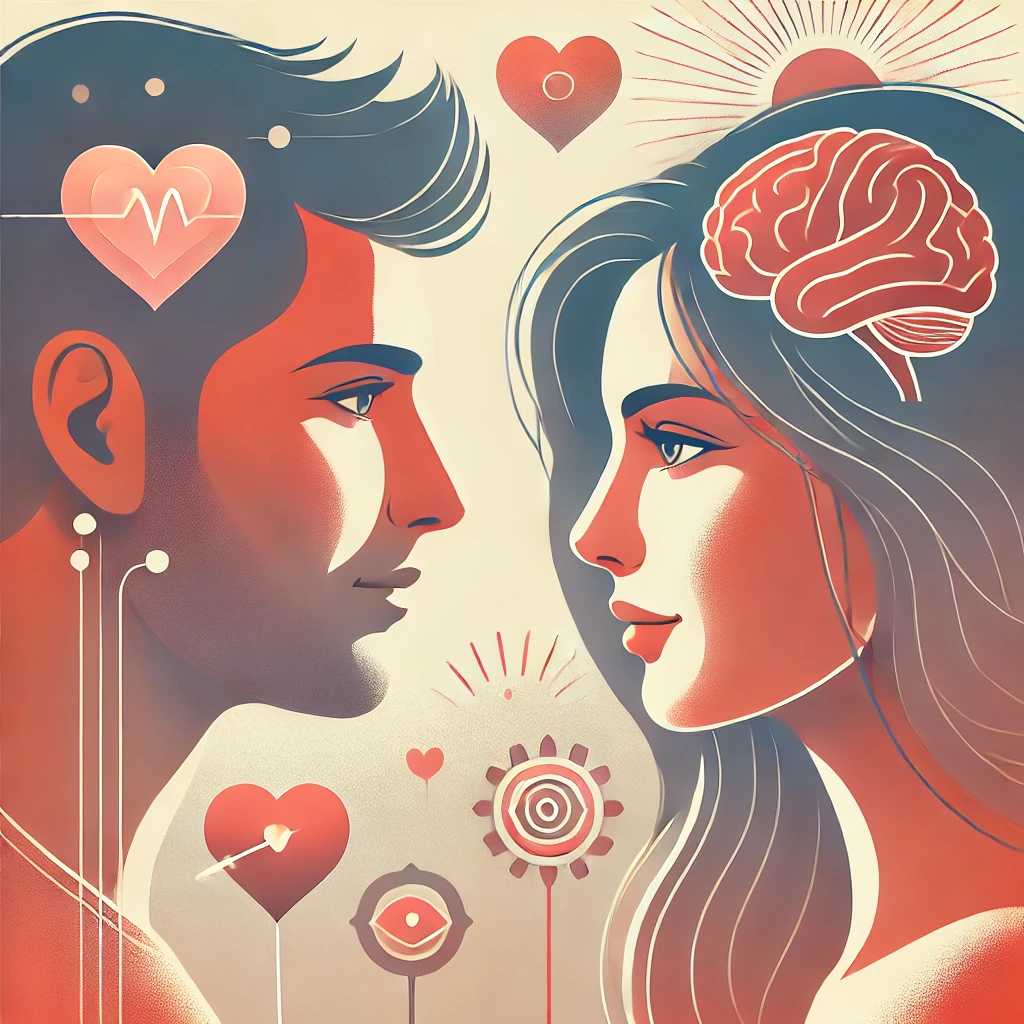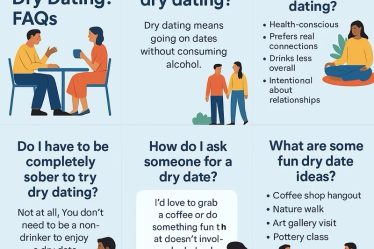
Unlock the Secret Psychology of Attraction: What Really Draws Us In
Ever met someone and instantly felt that spark — even if you couldn’t explain why? Or found yourself repeatedly drawn to a certain “type”? That’s not just chemistry. It’s psychology. Attraction isn’t just about looks or smooth lines — it’s shaped by brain wiring, emotion, and experience.
In this article, we’ll break down the psychology behind attraction, from physical cues to emotional triggers, and how you can use that knowledge to become more magnetic in dating.
What Is the Psychology of Attraction?
Attraction is more than physical interest — it’s a complex mix of emotional, cognitive, and biological responses. Psychologists break it down into several types:
- Physical attraction: based on appearance or body language
- Emotional attraction: drawn to someone’s personality or inner world
- Romantic/sexual attraction: desire for intimacy or connection
From an evolutionary standpoint, attraction helped humans bond and reproduce. But in the modern dating world, the psychological wiring still runs the show, even if we’re not consciously aware of it.
The Science Behind Physical Attraction
There’s no denying that looks matter — at least initially. But why we find someone attractive often comes down to subconscious signals.
Key physical attraction triggers:
- Facial symmetry: We’re drawn to balance, which signals good health.
- Body language: Open posture, eye contact, and subtle mirroring can increase interest.
- Pheromones: These scent-based chemicals affect how we perceive potential partners, even without realizing it.
Studies show that people can often sense genetic compatibility through scent alone — wild, right?
Emotional Triggers That Spark Connection
While physical attraction can bring people together, emotional attraction keeps them connected.
Here’s what builds emotional chemistry:
- Vulnerability: Being real and open creates trust and intimacy.
- Empathy and active listening: Makes the other person feel truly seen.
- Shared experiences: Create emotional bonds faster than small talk ever could.
As Brené Brown says, “Vulnerability is the birthplace of connection.” In dating, showing your real self is your strongest move.
Subconscious Influences on Attraction
Some of your dating preferences might come from deep-rooted experiences — even your childhood.
- Attachment styles (secure, anxious, avoidant) formed early in life shape how you connect now.
- The familiarity principle: We tend to like what feels familiar — including personality traits we’ve known before.
- Micro-cues: Voice tone, laugh style, even how someone smells — these can attract or repel without you even realizing it.
Understanding your patterns helps you spot if you’re chasing what’s healthy — or just what’s familiar.
How Social Conditioning Shapes Your “Type”
Your environment plays a huge role in shaping what you’re attracted to. Media, culture, and even peer groups influence who you see as desirable.
- Cultural norms define beauty standards and dating roles.
- Confidence and status are often highlighted as attractive traits — not just biologically, but socially.
- Media stereotypes can skew your expectations (e.g., the “bad boy” trope).
Sometimes, what you think is your type is just what you’ve been taught to want.
Can You Actually Become More Attractive? Yes.
Here’s the good news: Attraction isn’t just luck — you can influence it. While you can’t control someone’s preferences, you can improve how you show up.
Practical tips to boost your dating appeal:
- Confidence: Speak clearly, own your space, and be comfortable with silence.
- Eye contact: Builds trust and signals interest.
- Emotional intelligence: Tune into emotions — yours and theirs.
- The “halo effect”: When you radiate positivity, people see you in a better light overall.
- Style and hygiene: Sounds basic, but it’s often overlooked. Effort = value.
A study in the Journal of Social Psychology found that participants rated personality traits like kindness and humor more attractive than looks in long-term partners. So, yes, how you act matters more than how you look.
Common Myths About Attraction
Let’s debunk some myths that could be tripping up your dating life:
- “Opposites attract” – Sometimes, but shared values and communication styles matter more.
- “Love at first sight” – Lust, maybe. Real connection takes time.
- “If it’s meant to be, it’ll just work” – Real relationships take effort. Chemistry is the spark; compatibility is the fuel.
Believing these myths can set you up for disappointment. Reality? Attraction is complex, but not magic.
Final Thoughts: Understanding Attraction Makes You a Better Dater
Attraction isn’t random — it’s a mix of biology, psychology, and experience. By learning what makes you and others tick, you can make better choices, build deeper connections, and stop wasting time on people who aren’t a fit.
Whether you’re looking for a spark or a soul connection, understanding the psychology of attraction gives you an edge— and helps you date smarter, not harder.
So now that you know the science… how will you use it?



